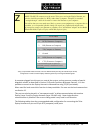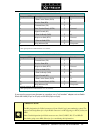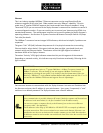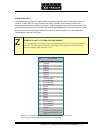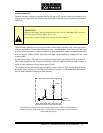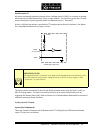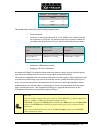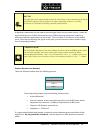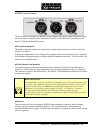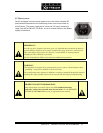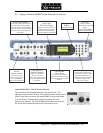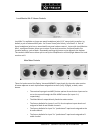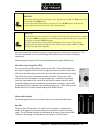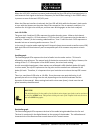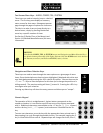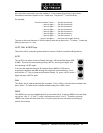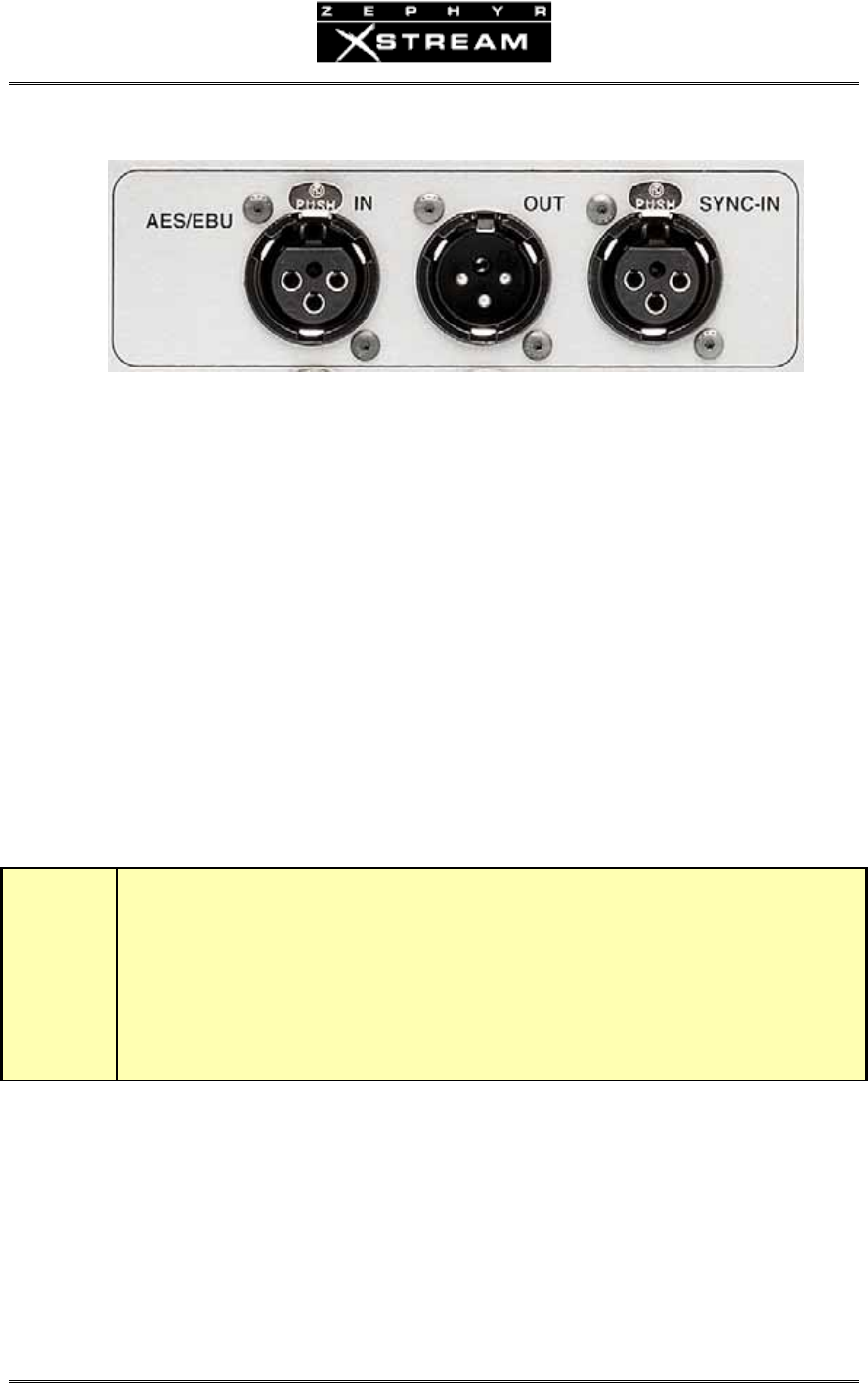
USER’S MANUAL
Section 3: GUIDED TOUR of the HARDWARE 36
AES/EBU Inputs & Outputs
TheseareinputsandoutputsforAES/EBUformatdigitalaudiosignals.Moreinformationabout
thevariousmenusrelatedtotheiroperationisinSection5(GuidedTouroftheMenus)and
Section11(DetailedMenuReference).
AESIn(SendtoNetwork)
Theinputisinternallysample‐rateconverted,somayacceptsourcesatanyoftheusualrates
(32,44.1,or48kHz).
Adigi
talgainadjustmentcanbeusedtoalterthesignallevelsintothecodecsection.Levelscan
beincreasedordecreasedbyupto12dBtoallowforequipmentvariation.ThisistheGainTrim
selectionoftheAU
DIOmenu.
AESOut(ReceivefromNetwork)
Theoutputmaybesynchronizedandsample‐rateconvertedtoeithertheinputAESsignal’s
frequency,orthefrequencyofanindependentsyncsignalpresentedattheSyncInconnector.
ThisselectionismadeintheAUDIOmenu.SeeSection11(DetailedMenuReference)fordetails
onthismen
uoption.
t
DEEP TECH NOTE!
The Sample Rate conversion and AES Sync capabilities allow you to prevent problems with
“clock slip” due to different clock rates within a digital facility. Typically a “house clock”
reference would be fed to the SYNC IN jack of the Zephyr Xstream, as well as to other
equipment, to prevent drop outs due to buffer “overflow” or “underflow” conditions.
It is important to understand that while the Zephyr Xstream provides frequency
synchronization, it does not provide byte alignment. Your digital mixing equipment should
provide this capability, if required.
AESSync‐In
ThisjackallowstheusertoprovideanAES/EBUhousefrequencyreferencethattheZephyr
XstreamcanusetomatchitsAES/EBUsignalto.Thesynchronizationisacceptedfroma
standardAES/EBUformatsignal.Onlythesyncinformationisstripped;anyaudiowhichmaybe
presentisignored.



